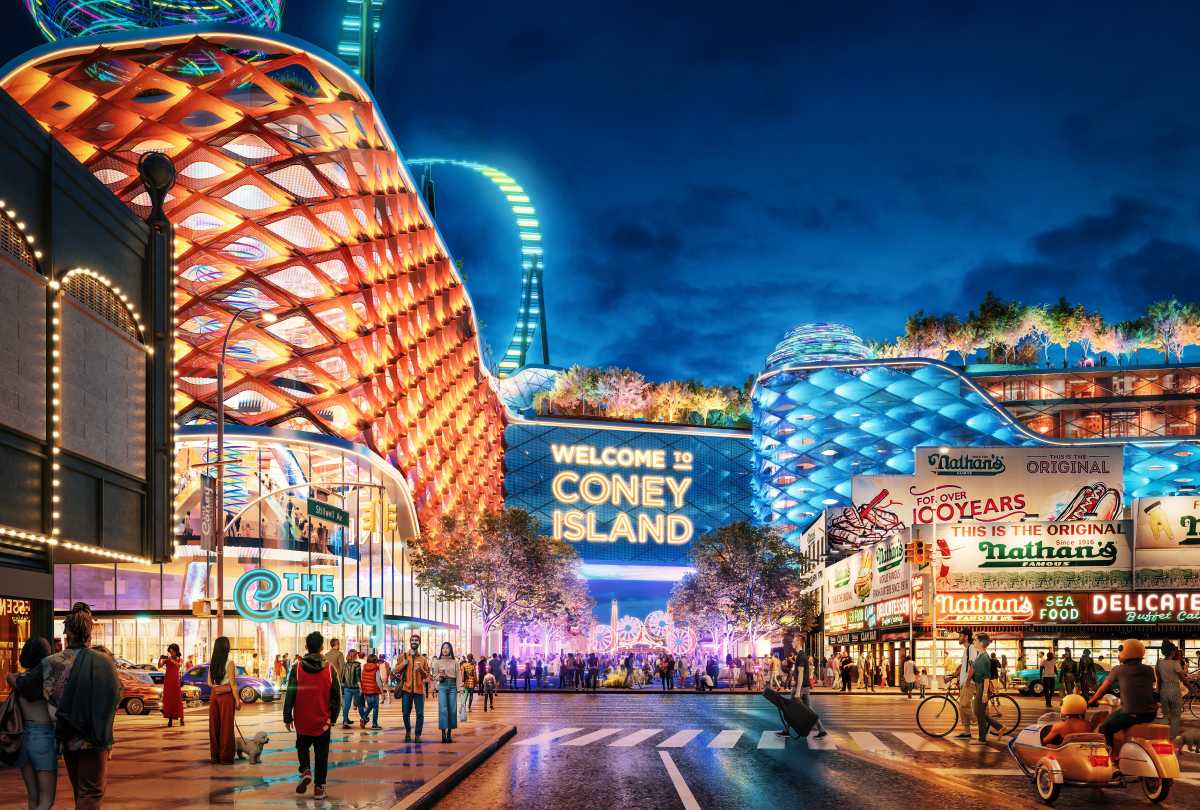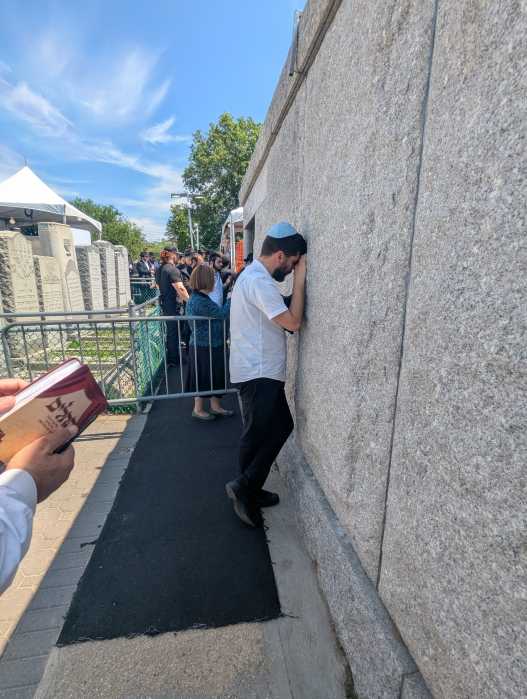By Albert Amateau
The redesign of Union Sq. Park’s north end and plaza attracted nearly 200 neighbors to a Monday forum where the latest plans for the $12 million-$14 million project were subject to sharp questions and skeptical comments.
The plan to restore and license the pavilion, now sorely underused, for use as a year-round restaurant provoked the most impassioned criticism at the Oct. 4 hearing held by the Parks Committee of Community Board 5. Critics of the pavilion raised the broader issue of whether public property should be leased for private commercial uses.
The assertion by Bill Castro, Manhattan borough Parks commissioner, that the restaurant would bring needed private revenue to help maintain Union Sq. Park in case of city budget cuts did not satisfy critics.
Moreover, specific questions about the cost of the entire north end project and the sources of public and private funding were not answered to the satisfaction of many critics who faulted the dominant role of the Union Sq. Partnership, the city’s oldest business improvement district, which is sponsoring the redesign along with the Parks Department.
‘This park was given to us, to the people — not to be used for a commercial purpose,” said Michelle Golden, a neighborhood activist. “How do you have the nerve to tell us we’re getting benefits from this plan? I’d like to see the dollars and cents — where the money is coming from and where it goes. I don’t see where you have the right to give away our park,” said Golden.
Jack Taylor, a member of the Union Sq. Community Coalition, said later that the funding for the project has never been made clear. Two million dollars comes from discretionary funds dedicated by Councilmember Margarita Lopez. An anonymous $5 million donation via the Union Sq. Partnership was widely believed to be contingent on using the pavilion for a restaurant; but Jim Gabbe, president of the BID, told the meeting that the donation was not connected to the proposed restaurant. Gabbe also said the decision to create a year-round restaurant in the pavilion came solely from the Parks Department.
While Castro told critics on Monday that they could get figures of cost and revenue sources the following day, a Parks spokesperson said on Tuesday that a public statement on the funding was being prepared but was not yet available.
Geoffrey Croft, president of New York City Parks Advocates, and Edith Shanker, a U.S.C.C. member, told the meeting that on the previous weekend they got more than 100 signatures on a petition against the restaurant plan. “Almost nobody wants a restaurant in the pavilion,” said Shanker. “It should be used for what it was originally intended, for children or as a stage for public events,” she said, adding, “The BID plan is based on a giveaway.”
Croft said that despite the redesign of the two playgrounds at the north end of the park, there was not enough children’s play space in a neighborhood that has become increasingly residential. The immediate neighborhood has nine restaurants, three cafes and 108 places for food but less than 8,000 sq. ft. for children, he said. Croft paid tribute to the BID’s role in revitalizing Union Sq. from its blighted condition, but he criticized what he called the BID’s commercial agenda in the park design.
In addition to the dining area on the main level, the pavilion plan would convert half of an expanded basement to the restaurant kitchen and half for much needed storage and administrative space for the Parks Department. Two new low-rise structures with below-grade space would be built on the east and west sides of the pavilion; the one on the east side for new and accessible public restrooms and the one on the west for entry into the Parks Department offices.
The two existing playgrounds south of the pavilion would be reconfigured as two lobe-shaped spaces on the east and west connected by a 20-ft.-wide landscaped corridor running under a bridge from the park level to the restaurant.
While park designers said the new playground design provides more play area, critics were skeptical and were worried about being able to keep and eye on their children in the two sections. A third sand-surface play area on the west side of the park is not slated for change.
An elevated semi-circular concession terrace just north of the Lincoln statue would provide space for outdoor seasonal cafe dining but during the winter would be used for public seating. The plan for the terrace was a sore point for critics who insisted that the new plan reduced public seating in the park.
Provisions in the plan for the city’s largest Greenmarket, which operates on the north and west sides of the park, was another concern at the meeting. A semicircular plaza in the north side of the pavilion would serve the farmers and other greenmarket vendors. Parks designers have conferred with Greenmarket farmers, but critics at the meeting were still uncertain about the effect of the redesign on a much-loved community resource.
A controversial line of trees in planters on the northern edge of the park along 17th St., now marked by a line of concrete Jersey barriers, was a compromise dictated by the city Department pf Transportation’s safety requirement to discourage pedestrians from crossing 17th St. mid-block between Broadway and Park Ave. S.
Ross Horowitz, a resident of 15th St., said that public notice of the forum was woefully inadequate. He also suggested that instead of depending on a pavilion restaurant for revenue, the city could impose a tax on adjacent stores that sell prepared take-out food to pay for the benefit they get from sales to people who buy food to eat in the park. A heckler replied that farmers in the Greenmarket could also be required to pay for their space, which is now free — an unthinkable suggestion for most people.
State Senator Tom Duane, long concerned with the issue of private use of public space, said at the meeting that he agreed the Parks Department needed space in the expanded pavilion, but added, “I don’t think restrooms should be tied to commercial development.” While there may be no clear-cut “yes” or “no” answer to the issues, it is clear that “the park is ours, it’s the people’s,” Duane said.
Details of the redesign are still being decided, Castro said. Materials to be used and plans for trees in planters along 17th St. are not yet written in stone. But the general concept of the north end of Union Sq. is firm. A date for beginning of the construction has not been set.
In a position paper, U.S.C.C. strongly advocates for preserving the northern plaza as “a place of free speech and public assembly, in keeping with the long traditions of Union Sq.”
Read More: https://www.amny.com/news/theater-85/





































